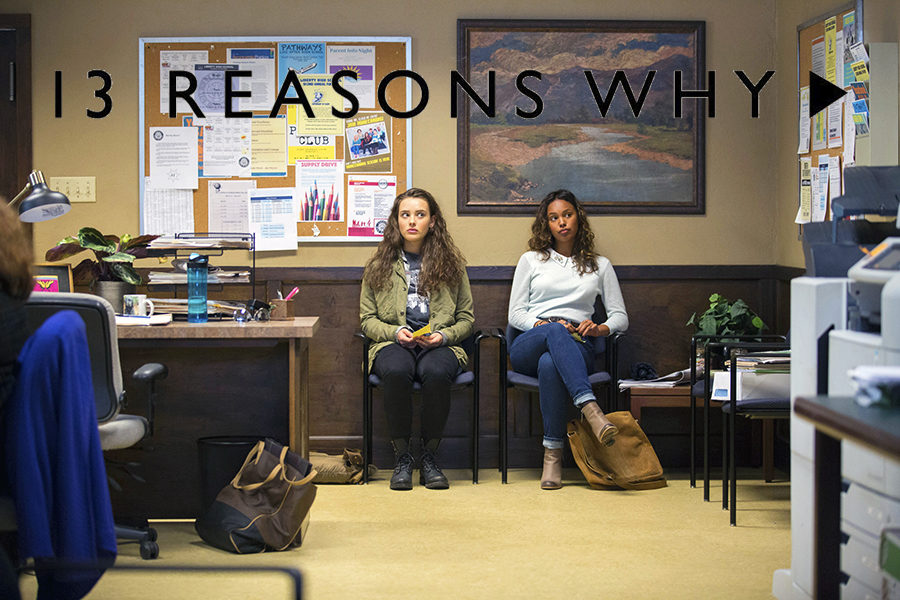“13 Reasons Why” is a Suicide Template
The continuation of “13 Reasons Why” hooks viewers on the drama of suicide and doesn’t do enough to discourage the act itself.
PHOTO | Tribune News Service
Katherine Langford, left, and Alisha Boe play frenemies in the Netflix series “13 Reasons Why.”
It’s no secret that the rate of teen suicide is significantly higher than it should be. Depression for teen girls has risen 37 percent in the past decade with no rise in mental health treatment, according to Time. Growing up in an age of technology, teenagers today look to virtual worlds for comfort and acceptance. However, the last thing depressed teens need in front of them is a show that glamorizes suicide. “13 Reasons Why” sets up an ideal situation for someone struggling internally with mental health, instead of portraying healthier alternatives to combat the rising teenage suicide rates. If season two, rumored to come out March 31, follows the same track of season one, the popular Netflix series will hurt adolescents more than help them.
Focusing in on Hannah Baker and the 13 tapes she left behind, this show emphasizes how her suicide affected her community. While this may seem like a positive aspect, viewers may identify with Baker’s desire to be recognized by her peers. They see a girl who made an impact on her school and “friends,” but only because she killed herself. The act of suicide is portrayed as a way for someone struggling internally to get the recognition they ultimately want. What the nation’s teenage community actually needs is a show that discourages self-harm instead of highlighting the attention brought to Baker’s act.
Season one of “13 Reasons Why” first introduced the glamorization, so the upcoming season two is only continuing something that shouldn’t have been started in the first place. According to a study published in the Canadian Medical Association Journal, 12-13-year-olds are five times more likely to have suicidal thoughts if they are exposed to them around their friends. The show could very well be the first introduction into the steps and thought processes involved in plotting one’s death.
“13 Reasons Why” is an instant hit because of the drama wrapped around the tragedy within the school community. Viewers are captivated by the unrealistic aftermath surrounding the suicide. What teenagers often don’t realize about this show is that most suicides don’t result in the drama conveyed on television. Suicide is the second leading cause of death among individuals ages 15-34, according to the Center of Disease Control and Prevention. The fact that death is permanent is not a message conveyed in the show, which is part of the reason it’s focus needs to be shifted.
Teenagers often don’t see any hope in their lives when they are battling depression. “13 Reasons Why” showcases the failure of the school counselor in stopping Baker’s bullying at school, forcing viewers to see the helplessness created by the school instead of recognizing that suicide is not the only option. Baker’s situation reinforces the feelings of emptiness many teenagers may be feeling. Only this outcome of the show is not the one that should be projected on America’s most vulnerable minds.
Ahead of season two of “13 Reasons Why,” school counselors and parents should key into how this show lays out the process of suicide. Show creators should make an effort this season to shift the focus on how detrimental suicide is, not the drama and glamour that supposedly comes after.



